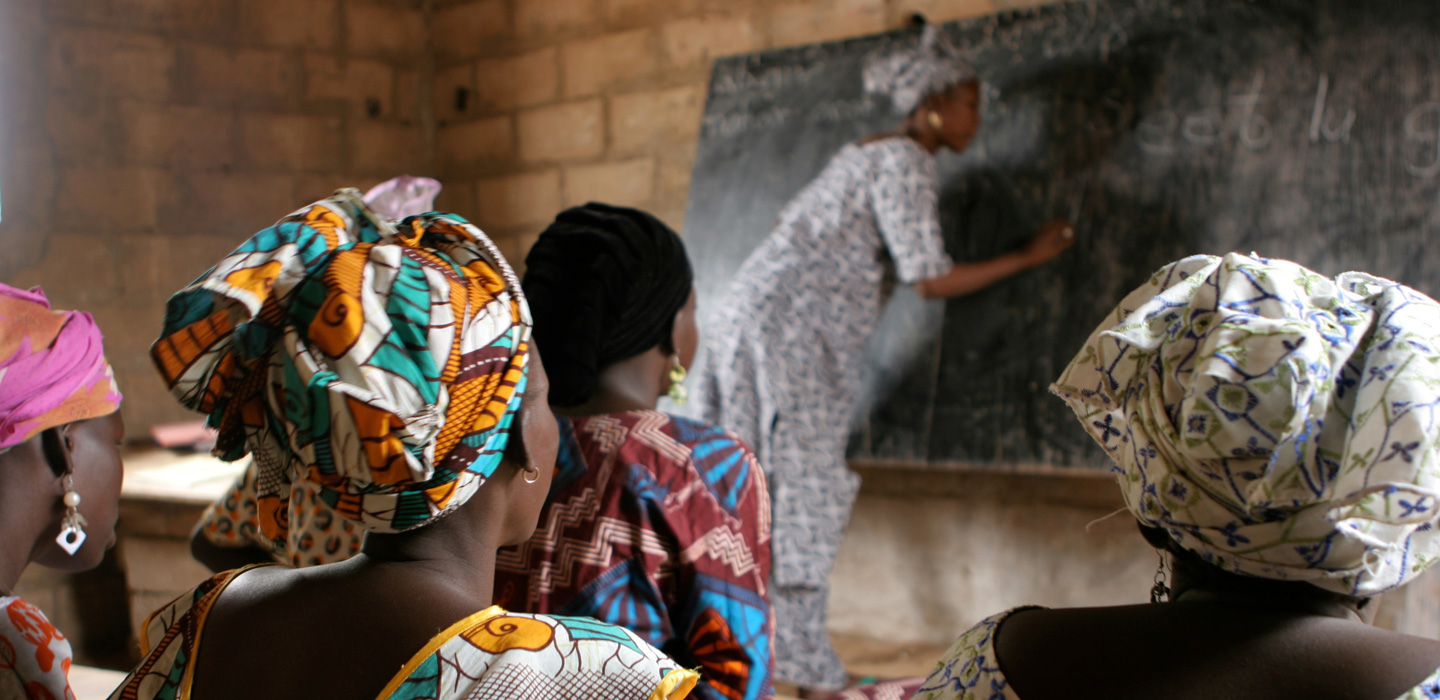Knowledge
المعرفة

المعرفة
مشاركة المعرفة التي تغيير المجتمعات الريفية
Search Results Filters
نتائج البحث
Project for Market and Pasture Management
أغسطس 2013
An IFAD Supervision Mission visited the project from 20th June to 5th July 2013. The main 1.objectives of the supervision mission are to ensure that the development objectives of the projects are being met and to satisfy IFAD‟s fiduciary responsibilities, with a focus on: (i) assessment of the implementation progress of the project, including assessment of the achievement of outputs by component and outcome as per the logframe of the project; (ii) assistance to identify and remove implementation bottlenecks and constraints; and (iii) agree on a set of actions to be implemented by the project in the next six to twelve months period.
Down to earth:Sustainable rural transformation
أغسطس 2013
Today’s world is full of paradoxes, some of them grotesque – none more so than the fact that while 870 million people go hungry every day, a third of all food is lost or wasted. We marvel at the growth rates of middle-income countries, yet some of those countries are home to tens of millions of very poor people. About 75 per cent of the world’s poorest people live in rural areas and mainly derive their livelihoods from agriculture, while producing over 80 per cent of the food consumed in sub-Saharan Africa and parts of Asia. Yet many are themselves net buyers of food.
Small-scale producers in the development of coffee value chain partnerships
يوليو 2013
Brochure illustrating IFAD's support to coffee value-chain development.
Small-scale producers in the development of tea value chain partnership
يوليو 2013
Small-scale producers in the development of tea value chain partnerships
Small-scale producers in the development of cocoa value chain partnership
يوليو 2013
Brochure illustrating IFAD's support to cocoa value-chain development.
Occasional paper 4: The importance of scaling up for agricultural and rural development
يوليو 2013
The thesis of this article is that governments of countries that plan their agricultural and rural development programmes on a large scale – typically covering the entire agriculture sector and including all or most of the important ingredients for agricultural growth and rural development – do better in terms of agricultural production and reduction of rural poverty and hunger than do country governments that do not invest broadly and at scale in such development.
IFAD Annual Report 2012
يونيو 2013
Read about IFAD's results and impact in the 2012 Annual Report. The Report also tells the stories of the women and men we work with in rural areas – their challenges and their successes. This year's Report showcases IFAD's new directions and new initiatives, which are helping to increase food security and reduce rural poverty across the developing world. And it provides the facts and figures that the Fund regularly shares with its Members States and partners.
Securing smallholder farmers’ land and water rights in irrigation schemes in Malawi, Rwanda and Swaziland
يونيو 2013
IFAD and UN-Habitat, through the Global Land Tool Network (GLTN), have entered into a partnership to implement the „Land and Natural Resources Learning Initiative for Eastern and Southern Africa (TSLI-ESA)‟.
The initiative aims to improve knowledge management strategies and approaches towards pro-poor and gender-sensitive land and natural resource tenure rights in selected East and Southern African countries.
Filling the inter-generational gap in knowledge on Agricultural Water Management: twinning Junior and Senior Experts
يونيو 2013
The Jr/Sr twinning project was developed in the context of IFAD‟s Initiative for Mainstreaming Innovation. The project seeks to enhance IFAD's capacity to promote innovations that will have a positive impact on rural poverty: testing new methodologies to respond to old and new challenges with new solutions.